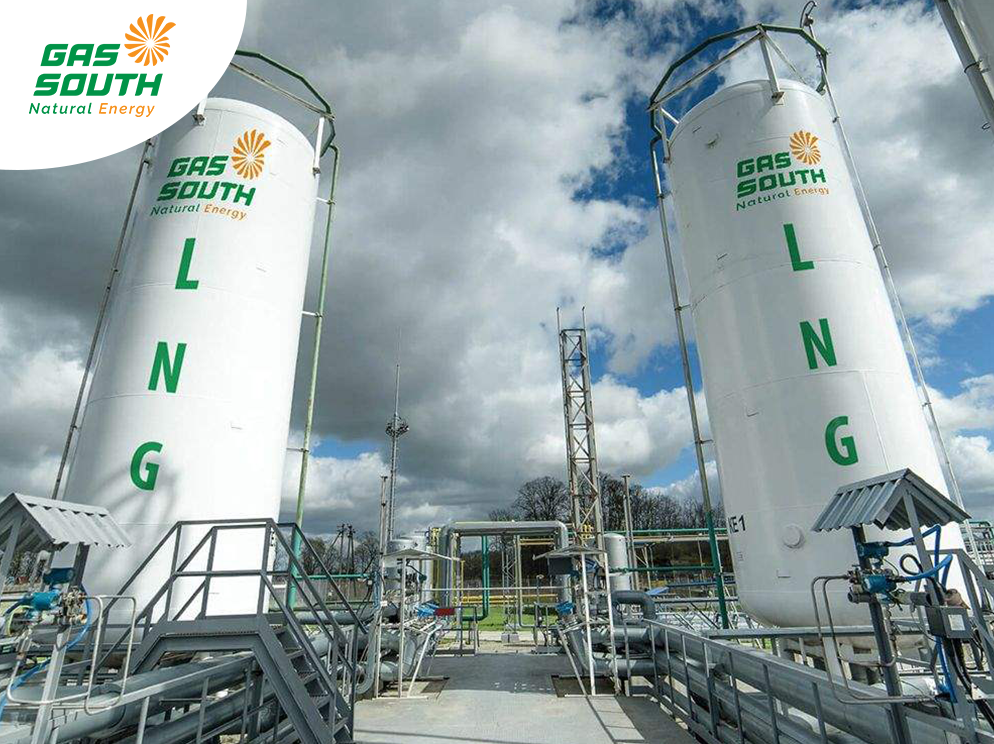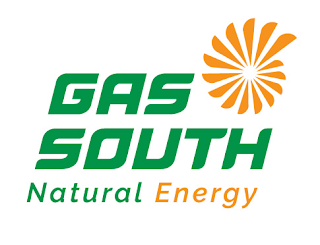Floating Liquefied Natural Gas: Unlocking New Possibilities in the Energy Industry
Introduction:
In recent years, the energy industry has witnessed significant advancements in technology and infrastructure. One such innovation that has garnered attention is Floating Liquefied Natural Gas (FLNG). This revolutionary concept allows for the extraction, processing, and storage of natural gas at sea, eliminating the need for costly onshore facilities. In this blog post, we will delve into the world of FLNG, exploring its benefits, challenges, and the potential it holds for the future.
See More What Is The Lng Collection
Section 1: What is Floating Liquefied Natural Gas?
Floating Liquefied Natural Gas (FLNG) refers to the process of extracting natural gas from offshore reserves, liquefying it onboard a specialized vessel, and storing it for transport. The technology behind FLNG has been developed to overcome the challenges associated with traditional onshore LNG facilities, such as remote locations and limited infrastructure.
More About Us: SOUTHERN GAS TRADING JSC
Section 2: How Does Floating Liquefied Natural Gas Work?
FLNG facilities consist of a purpose-built vessel that serves as a floating processing plant. The vessel is equipped with all the necessary infrastructure, including gas treatment, liquefaction, and storage facilities. The process begins with the extraction of natural gas from offshore wells, which is then transported to the FLNG vessel via subsea pipelines. Once onboard, the gas undergoes treatment to remove impurities and is cooled to extremely low temperatures, transforming it into a liquid state. The liquefied natural gas is then stored in onboard tanks until it is ready for transportation to markets around the world.
Section 3: Advantages of Floating Liquefied Natural Gas:
3.1 Flexibility and Mobility:
One of the key advantages of FLNG is its mobility. Unlike traditional onshore LNG plants, which are fixed in location, FLNG vessels can be deployed to various offshore fields, allowing for greater flexibility in gas production. This mobility enables energy companies to tap into previously inaccessible reserves and respond quickly to changing market demands.
3.2 Cost-Effectiveness:
FLNG offers significant cost savings compared to building onshore LNG facilities. Constructing an onshore plant involves substantial investments in infrastructure, land acquisition, and environmental impact assessments. In contrast, FLNG vessels can be built in shipyards and towed to the desired location, eliminating the need for expensive onshore construction.
3.3 Environmental Benefits:
Floating LNG is considered a cleaner alternative to other fossil fuels, as natural gas produces fewer greenhouse gas emissions compared to coal or oil. Additionally, FLNG eliminates the need for long-distance pipelines, reducing the environmental impact associated with land-based transportation.
Section 4: Challenges of Floating Liquefied Natural Gas:
4.1 Technical Complexity:
The development and operation of FLNG facilities require advanced engineering expertise due to the complexity of offshore operations. Building a floating liquefaction plant involves intricate design considerations to ensure stability, safety, and efficient operations in harsh marine environments.
4.2 Safety and Risk Management:
Operating in offshore environments poses inherent risks and challenges concerning safety and risk management. FLNG vessels must adhere to stringent safety regulations and implement robust emergency response measures to mitigate potential hazards associated with natural gas extraction and processing.
4.3 Weather Dependence:
Like other offshore operations, FLNG is subject to weather conditions that can impact production and transportation schedules. Adverse weather events such as storms or hurricanes may disrupt operations and pose challenges for vessel stability and safety.
Section 5: Case Studies of Successful Floating Liquefied Natural Gas Projects:
5.1 Prelude FLNG:
Prelude FLNG, operated by Shell, is one of the largest floating liquefaction projects in the world. Located off the coast of Australia, this facility has the capacity to produce approximately 3.6 million tonnes of LNG per year. Prelude FLNG showcases the successful application of FLNG technology in remote offshore locations.
5.2 Coral FLNG:
Coral FLNG, operated by Eni in partnership with ExxonMobil, is another notable FLNG project located offshore Mozambique. With a production capacity of around 3.4 million tonnes per year, Coral FLNG represents a significant milestone in unlocking natural gas reserves in East Africa.
Section 6: Future Outlook for Floating Liquefied Natural Gas:
The future of FLNG looks promising as energy companies continue to explore untapped offshore reserves worldwide. With advancements in technology and increasing demand for cleaner energy sources, the adoption of floating liquefaction is expected to grow. Furthermore, ongoing research and development efforts aim to enhance the efficiency and effectiveness of FLNG operations.
Conclusion:
Floating Liquefied Natural Gas (FLNG) has revolutionized the energy industry by providing a flexible, cost-effective, and environmentally friendly solution for natural gas extraction and processing. Despite the technical challenges and risks associated with offshore operations, FLNG offers immense potential for unlocking previously inaccessible reserves and meeting the global demand for cleaner energy sources. As technology continues to evolve, we can expect further advancements in floating liquefaction and its widespread adoption across the energy sector.
#what_is_the_lng, #pgscomvn, #pgs_com_vn, #whatisthelng, #what_is_the_lng, #pgscomvn, #pgs_com_vn/

Nhận xét
Đăng nhận xét